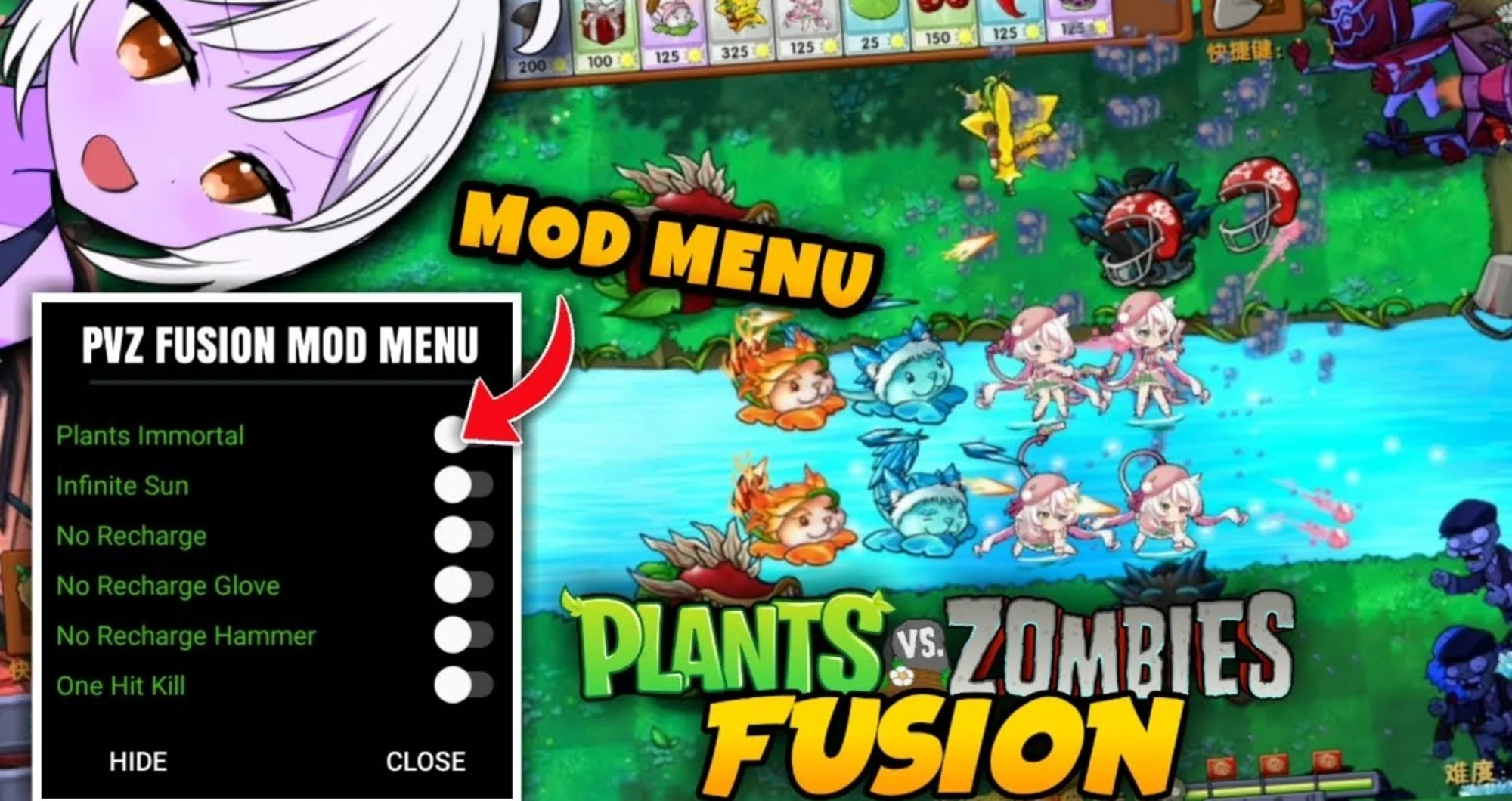The Danish tradition of Fastelavn bringing colour and cream buns to excited children in the UK
For many in the UK, February is a quiet month – grey skies and drizzle marking the long stretch between Christmas and spring.
But for one Danish family in London, this is the time for a celebration filled with costumes, games, and indulgent sweet treats.
The Koch family – Nadia and her two young sons, Caspian age 9 and Orsino age 5 – are on a mission to bring a slice of Denmark to their British neighbours by sharing Fastelavn, a centuries-old Danish tradition that’s little-known outside the Nordic region.
“Fastelavn is one of our favourite times of the year,” says Nadia. “It’s colourful, joyful, and full of fun traditions that bring everyone together. At the most dreary time of year when you really need a lift.
“It’s so grey and depressing when you look out of the window. And everyone seems sad and tired and can’t wait until spring. It’s the same in Scandinavia, especially in Denmark. It’s just grey and cold, and Fastelavn gives everybody something to look forward to.
“I’ve celebrated it since I was a child in Copenhagen, and it’s so important for me to pass it on to Caspian and Orsino, even though we’re far from home. Even my British husband loves it now.
“The first memory I have of Fastelavn is when I was about three,” she adds. “I really wanted to be a robot and I remember my dad making a costume out of cardboard boxes. I could hardly move in it!
“There would be public events, in the square or city hall, where hundreds of kids would come all dressed up, and there would be long tables where they would serve sweet treats and coffees.”
No Fastelavn celebration would be complete without delicious pastries called fastelavnsboller – fluffy, buttery cream-filled buns that are the centrepiece of the festival. Originally a treat symbolising indulgence before the fasting period of Lent, today these colourful pastries are a sweet reminder of Danish heritage.
Nadia has tried to bake her own fastelavnsboller but having lived in London for more than 15 years, she is ecstatic she can now buy the buns from authentic Danish bakers Ole & Steen.
Celebrated in February or early March, Fastelavn is Denmark’s answer to a carnival or trick-or-treating Halloween, with a unique Nordic twist. Its origins lie in pre-Lenten festivities, but today it’s a family-focused holiday packed with games, costumes, and treats.
Many create Fastelavnsris, which are bunches of birch branches decorated with colourful paper, masks and wrapped sweets.
“Birch is quite good for whipping without actually hurting anybody,” notes Nadia with a giggle, as she reveals traditionally children are allowed to burst into parents’ bedrooms and hit them with Fastelavnsris to wake them up in the morning.
“And they look a bit like a witch’s broom. They’re normally about half a metre, you collect them at one end with a bit of string and then decorate the rest of it.”
The real highlight is to slå katten af tønden (literally, “beating the cat out of the barrel”), a centuries-old game that involves smashing a wooden barrel filled with sweets. No cats are harmed in the process these days!
Orsino is quick to explain: “It’s like a piñata, but way cooler! The barrel bursts open, and the person who smashes it is crowned ‘Cat King’.”
Caspian, grinning, adds, “Last year, I was the Cat King! You even get a gold paper crown.”
Children across Denmark dress up in elaborate costumes, going door-to-door and singing the traditional Fastelavn song in exchange for sweets, a Nordic version of Halloween.
The lyrics start with “Boller op, boller ned, boller i min mave!” which translates to “Buns up, buns down, buns in my tummy!” relating to the delicious cream-filled treats served at this event.
Nadia said of the special buns: “Oh my God, they’re hard work. I do occasionally like to bake, but it’s not something I would necessarily attempt – it’s such a joy to be able to buy them from authentic Danish bakers Ole & Steen.
“The buns are made of Danish pastry dough, custard, cream, some of them have chocolate, or berries… There are various kinds, and then there’s icing on top and more chocolate – it’s really indulgent.”
Every year they take the celebrations up a notch. This year, the family is going a step further by hosting a Fastelavn party for their neighbours. “We’ve invited some of the boys’ friends to join in,” Nadia explains. “We’ll have costumes, games, and plenty of buns to share. It’s such a special way to connect with others and show them a little piece of our culture.
“We’ve got the barrel lined up. I’ve collected a lot of Birch branches already (although I haven’t told my kids too much about how they can hit their parents on Sunday morning…) We’re going to decorate them, do the masks and put sweets on them.”
And there’s another game with a slightly different type of bun: “It’s a bit like a tea cake,” she adds. “The bun is strung up, and you have to bite it without using your hands – I’ve seen it done here with doughnuts.”

The Koch family isn’t alone in bringing Fastelavn to British shores. Ole & Steen, the popular Danish bakery chain, is championing the tradition with their own version of fastelavnsboller.
“We’re thrilled to be introducing Brits to Fastelavn,” says an Ole & Steen spokesperson. “Our fastelavnsboller are made with traditional recipes – soft, buttery pastry filled with cream or custard and topped with vibrant icing. They capture the spirit of the festival perfectly.”
For Nadia and her family, seeing Danish traditions gain traction in the UK is heartwarming. “When we first moved here, no one had heard of Fastelavn,” Nadia says. “But now, with Ole & Steen selling the buns, it feels like a little piece of Denmark is here with us.”
Caspian agrees: “I love showing my friends at school what Fastelavn is all about. They think the barrel game is awesome, and everyone loves the buns!”
The growing interest in Scandinavian culture, from hygge (comfort and well-being) to Nordic cuisine, has created a receptive audience for traditions like Fastelavn. For the Koch family, it’s more than just a celebration, it’s a chance to share their heritage and bring people together. Nadia runs the website Scandimummy.com and brings Scandi traditions to life on her Instagram @scandimummy.
“Fastelavn is about joy and connection,” says Nadia. “Whether it’s baking buns, dressing up, or smashing the barrel, it’s something that everyone can enjoy, no matter where you’re from.
“With my kids growing up in in England, I can tell them stories from my childhood – it’s uniquely Danish, and something that really reflects my culture.
“It’s particularly special because it’s around my birthday, and my eldest son was born on my birthday, too. It really lights up an otherwise very dreary time of year. It’s joyful, delicious and full of magic.”
Ole & Steen‘s fastelavnsboller are available in their UK bakeries until March, offering a limited-time taste of this cherished Danish tradition. And for those lucky enough to know the Koch family, there might just be an invitation to join in the fun.
As Caspian puts it, “It’s the best day of the year, and there’s always lots of cream buns!”
So why not indulge in a sweet treat, don a costume, and embrace a little Danish cheer? As the Danes say, Glædelig Fastelavn!
Fastelavn is a traditional Danish festival which takes place seven weeks before Easter – before the start of Lent.








